UAE poultry consumption strong but local production hindered
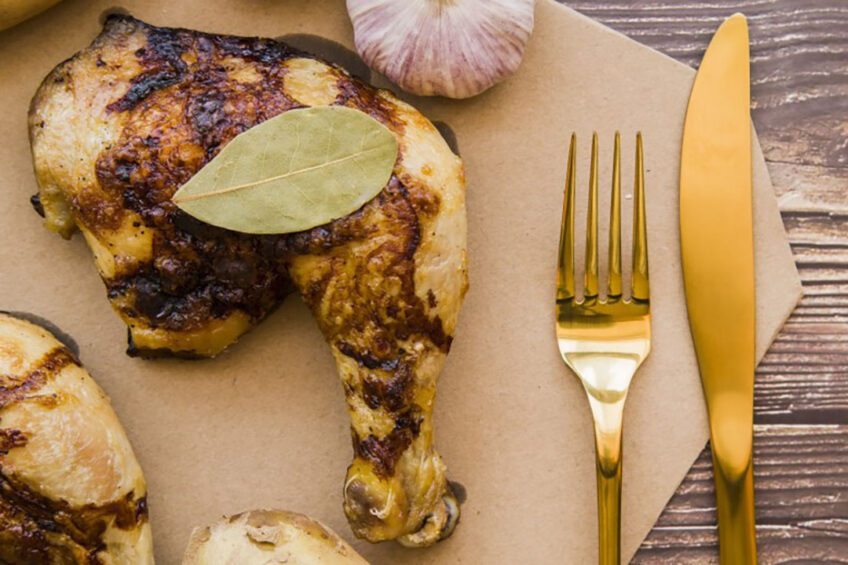
Although planned poultry production increases in the United Arab Emirates (UAE) have been hindered, UAE chicken meat consumption and imports are projected to rise in 2022 due to robust economic recovery. Poultry industry consolidation and healthier trade are also emerging.
Due to limited arable land and nominal rainfall, most forms of agriculture in the UAE are challenging. Most poultry production is concentrated in Abu Dhabi. As a result, the country relies on imports of not only food, but of nearly all inputs for the poultry sector, from medicine and packaging to equipment and feed. Poultry imports in 2021 are forecast at 415,000 mt and for 2022 at 445,000 mt as trade recovers and the market begins to stabilise.
Poultry production in the UAE hampered
From September 2019 to September 2021, feed grains have increased by 55%. These and other input costs in the poultry sector, coupled with a government set price ceiling on fresh chicken at retail outlets (21.5 AED plus VAT on all fresh chicken sold within the UAE), have hindered poultry production increases in the UAE and reduced profitability. Furthermore, in 2021, strong competition from Brazil (frozen products) and the Kingdom of Saudi Arabia (fresh poultry) has also impacted the expansion of UAE flocks. Production for 2022 is forecast to remain unchanged from 2021 (56,000 mt).
Excelling in antibiotic-free broiler production
Finland is quite a success story when it comes to producing poultry without the use of antibiotics. An excellent example is the farm of Hanna Hamina. Not a single flock has been treated with antimicrobials for over 10 years. Read more…
Competitive pricing encourages poultry consumption
Amidst rising global food prices, poultry remains a comparatively cheap source of animal protein in the UAE. As of July 2021, poultry prices were -0.5% lower than the same time last year and have declined every month in 2021 since record high prices in 2020. As a result of lower poultry prices and a recovery in tourism, travel, and business from the impact of the Covid-19 pandemic, consumption is forecast to grow modestly to 456,000 mt in 2022 from an estimated 441,000 mt in 2021. Trade shows have resumed, and the sector is currently preparing for the upcoming Feed to Food trade show, VIV MEA, which will take place in Abu Dhabi from 23-25 November.
Chicken leg quarters in high demand
Amid high US prices and continued logistical disruptions, the UAE has turned to other sources for poultry meat and products. Over 98% of US poultry meat exported to the UAE is chicken leg quarters. Some reports, however, note difficulties in sourcing US chicken leg quarters at prices competitive to other global origins. Labour in the construction sector is the primary driver for the demand for chicken leg quarters. Laborers like chicken leg quarters because they prefer dark meat, and it is affordable. The construction sector has slowed in Dubai, having an adverse impact on the market share of the US.
Thoughts on future-ready layer operations
With pressure on caged layer systems mounting, US producers are looking for alternatives. The combi systems, as they are known, offer a solution that is close to what farm operators are used to, but is such a system really future-ready in the eyes of both the producer and the consumer? Read more…
The impact of packaging and portion sizes
Packaging and portion sizes has driven an increase in market share of other countries, including Brazil. The US standard packaging size is a 4×5 20kg pack, whereas most other export origins use a 6×2 12kg pack. Given the convenience of moving product (e.g., selling product to smaller restaurants that may not be able to use all the chicken in the larger pack or want to spend less on a smaller quantity), the smaller packs are often preferred. US chicken leg quarters are also larger in size than competitors and this negatively impacts demand because the chicken is usually served with rice, and smaller chicken leg quarters allow the meat to be spread amongst greater portions. Brazil’s market share also saw an increase in 2021 when Saudi Arabia banned exports from 11 Brazilian processing plants. Brazilian suppliers turned to the UAE. Bahrain has also increased its poultry product exports to the UAE.
Exports recover as the market settles
After a tough year in 2021 due to higher input costs, UAE poultry exports are forecast to recover to 45,000 mt in 2022 as input prices fall and the production equation adjusts. During the summer months, Emirati chicken farms will often freeze a portion of local production. These frozen and further processed products make up the bulk of the UAE’s chicken meat exports.
The information in this article has been extracted from a USDA GAINS report.
 Beheer
Beheer

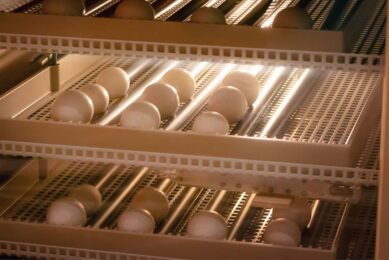
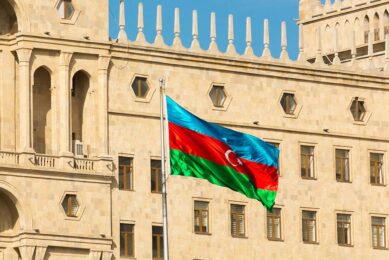
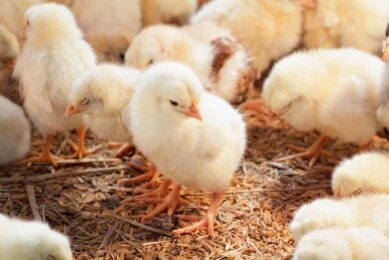
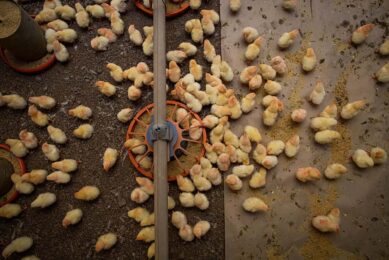



 WP Admin
WP Admin  Bewerk bericht
Bewerk bericht